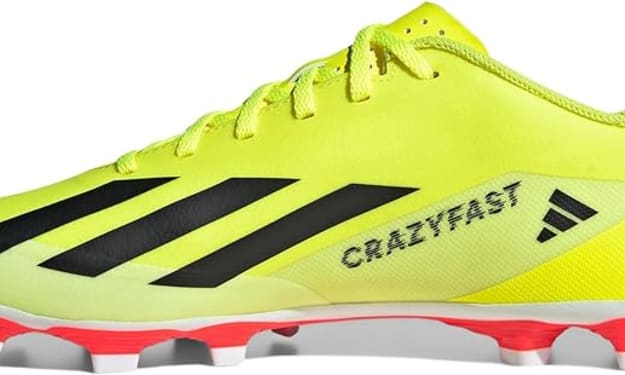4 Tips for Fixing Any Motorcycle Problem
Obviously the better you care for your bike and keep up with general maintenance the less issues you will likely have. Listed below are some helpful tips that will help you diagnose and fix any type of motorcycle issue.

Regardless of how well you maintain your motorcycle, something is bound to go wrong sooner or later. There are thousands of separate parts the all make up your bike and they all need to be working in complete harmony. Unfortunately problems with your motorcycle or any vehicle will happen, it is just a matter of time. It is important to understand this and to not get frustrated with your motorcycle as that will not aid in rectifying the problem. Accept that things will fail and break down over time as this is all part of owning a motorcycle. Obviously the better you care for your bike and keep up with general maintenance the less issues you will likely have. Listed below are some helpful tips that will help you diagnose and fix any type of motorcycle issue.
Tip #1: Stay Logical
The worst possible thing you can do when something goes wrong with your bike is to loose your temper, get angry and emotionally react to the situation. This solves nothing and waists your time and energy. It also makes your ownership of your bike that much less enjoyable. Stay calm and approach the situation systematically and logically and begin to acquire as much information as possible.
Tip #2: Acquisition of Information
Some problems with motorcycles are very easy to diagnose and fix while others can be very complex and possibly the fix is not one singular part but a combination of a variety of parts not performing in exact harmony. This is why approaching issues slowly and logically is your best ally. The “devil is in the details” especially when diagnosing complex problems. Here are a few examples of what I mean.
Lets say for instance that your bike will not start because the starter motor is not turning over. You may be tempted to assume that it is a dead battery and go out and buy a new battery only to find out that after installation that your starter motor has burned out. This will obviously lead to further frustration.
Another example would be that your engine is running rough and does not appear to be getting the correct air/fuel mixture. You make the logical assumption that it is the carburetor so you proceed to take apart and clean the carburetor and buy new jets, ect. You then reassemble the carburetor only the have the bike run the exact same way. You think that you must have missed something in the carburetor so your repeat this whole process again. Then a friend comes over and asks if you have cleaned the air filter and you reluctantly say no, and when you pull out the air filter you realize that it is full of dirt and debris. Once reinstalled the bike now runs like a charm. By not checking the obvious elements first and by making assumptions you put your bike a risk by taking apart elements that may not need to be taken apart. You could have very well damaged the carburetor by removing is twice.
Acquiring detailed information about the exact symptoms of your bike is one of the most crucial steps of any motorcycle repair that unfortunately is commonly overlooked. Be as detailed as possible, for instance write down the exact symptoms of the bike and use as many adjectives as possible to describe the issue. Be precise and record exact measurements, take pictures, record sounds and/or take video.
Tip # 3: Always Check the Obvious First
Be sure to check the obvious elements and most non-intrusive processes first. Most of the time if just the routine maintenance steps are performed it is enough to get your bike back in harmony with itself. Cleaning the air filter, fuel filter, oil changes, exct. are enough to get the bike back in normal running condition. As silly as it sounds often times bike owners spend hours troubleshooting their bikes only to realize that their fuel valve has been turned off or the kill switch is in the off position.
Tip # 4: Find Quality Information
Sometimes the best thing you can do for your bike is to simply build good relationships with local motorcycle mechanics. Find a nearby bike shop and make friends with the mechanics, bring them doughnuts on their lunch break and just make friends. The information that they can offer you can save you hundreds of dollars down the road. I have found that if I can sit down with a good mechanic for 10 minutes it is equivalent to about 2 hours of online research information online. There are a variety of good motorcycle repair forums online as well which can also be helpful, but be careful about the source of the information. You may also consider purchasing a Clymer or other repair manual for your bike.






Comments
There are no comments for this story
Be the first to respond and start the conversation.